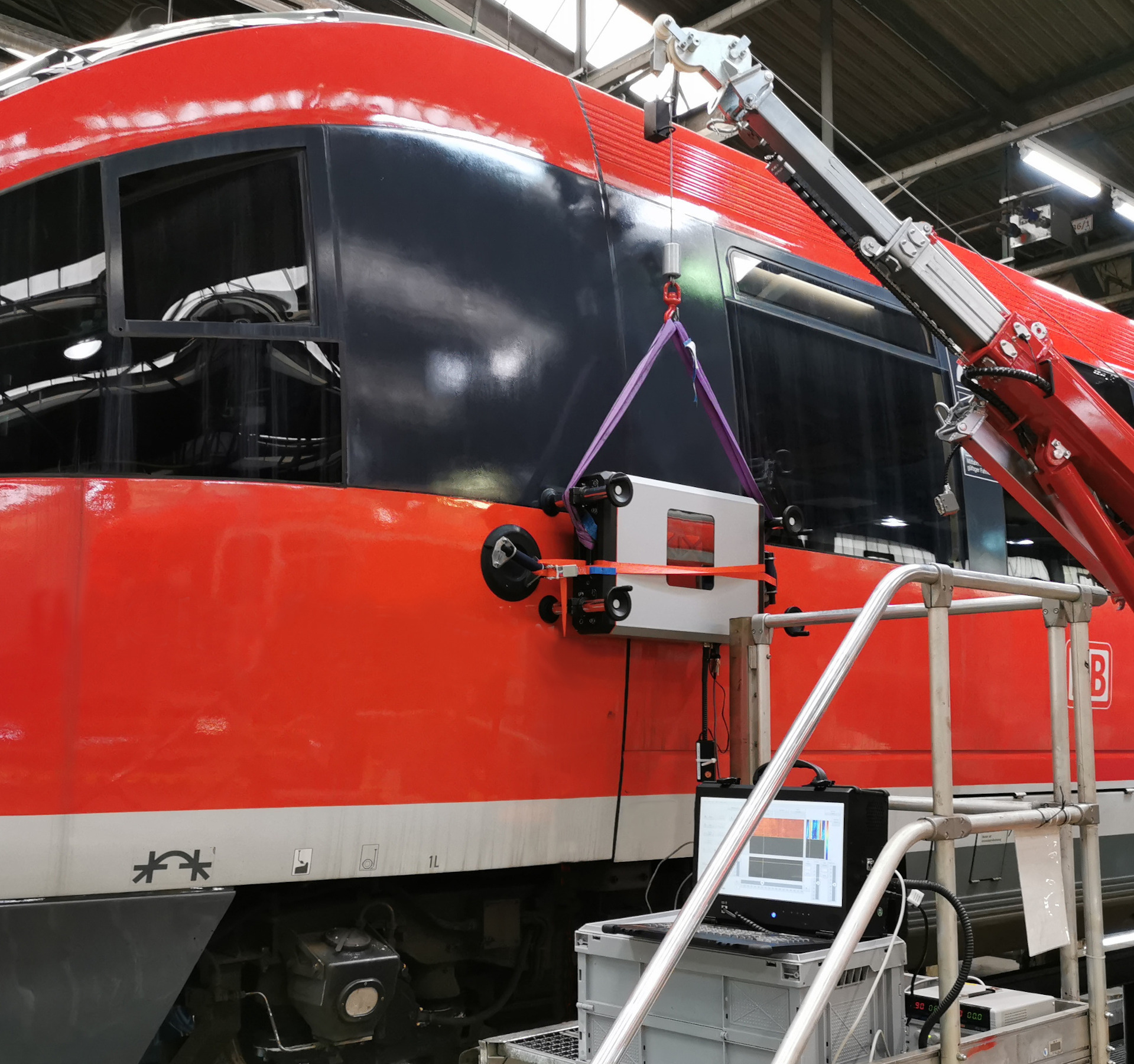Most electrically non-conducting materials such as plastics, ceramics and foams are transparent to terahertz waves, making components made of such materials well suited for non-destructive testing with terahertz sensors.
Unlike ultrasonic testing, terahertz testing does not require a coupling medium and can be applied in contact-free measurement arrangements. In addition, terahertz radiation is non-ionizing and therefore harmless to humans. After many years of research and development, a variety of terahertz products are commercially available now. However, since most terahertz sensors allow only single-point measurements, they are often integrated into stationary scanning mechanics for single-line or raster-scanning investigations. These arrangements are usually not mobile and components to be examined must be brought to the terahertz test system, which is sometimes not feasible due to component sizes or desired in-place investigations.
